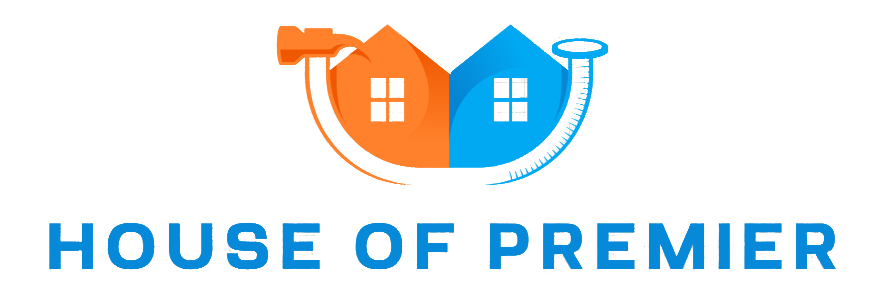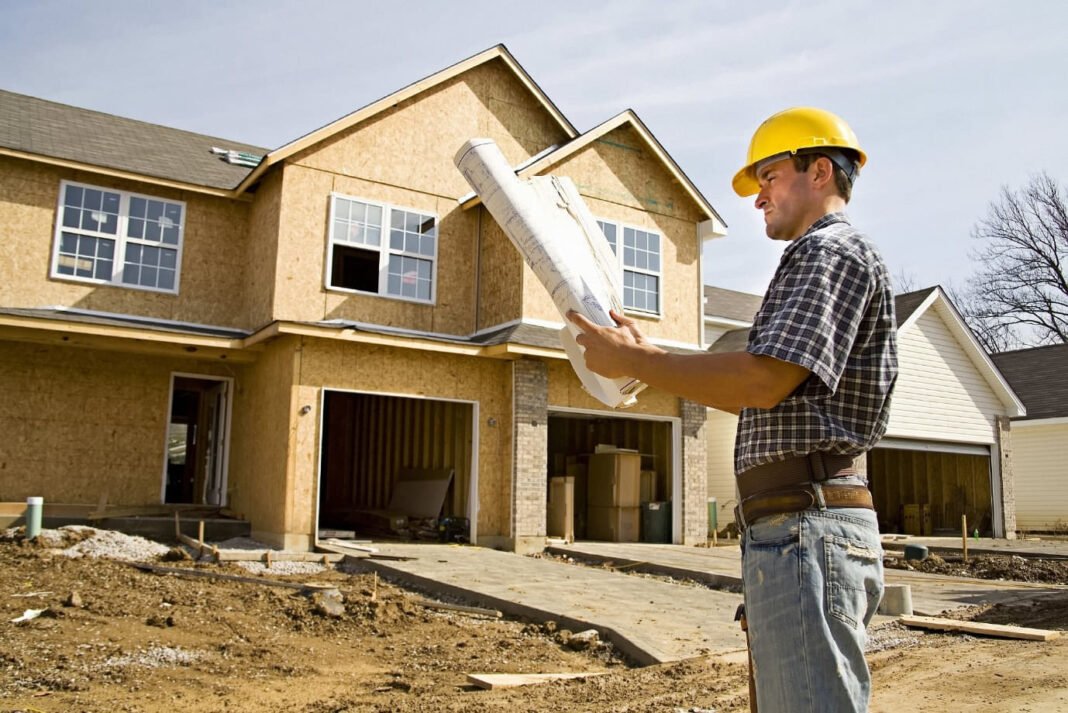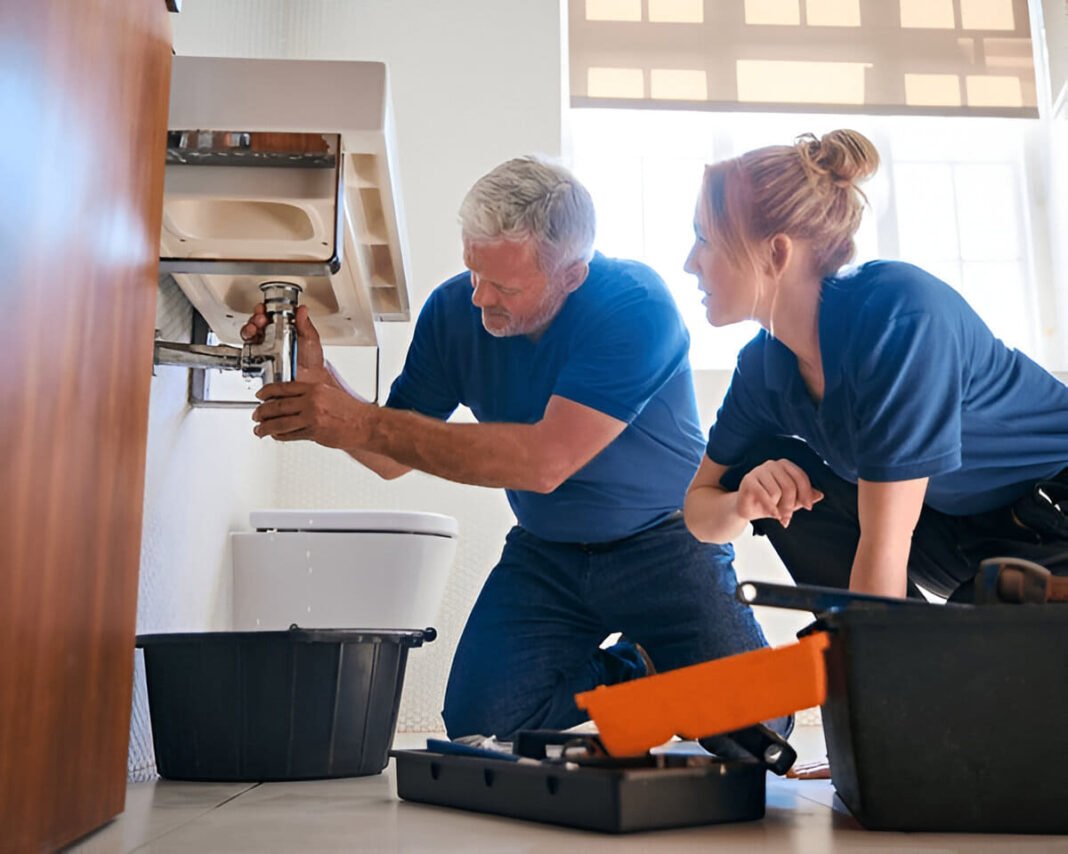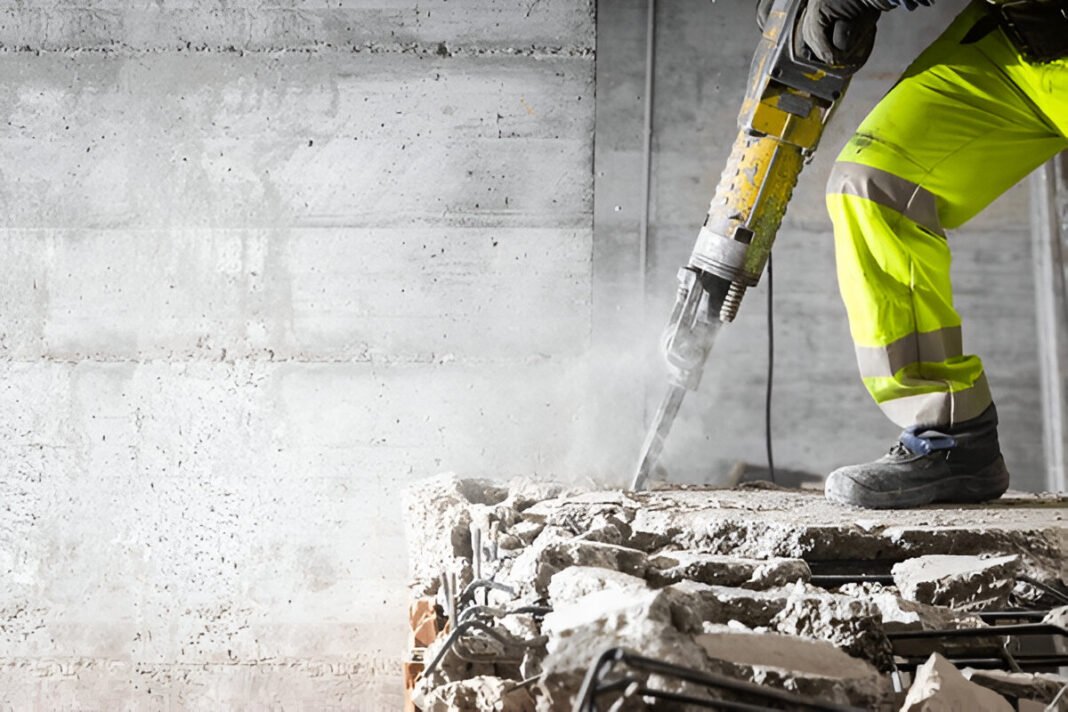The process of building a custom-designed home can be an exciting and life-changing event. If you want to make a peaceful retreat or a place for family memories, think about hiring a skilled builder. They can help make your design ideas come to life. Unlike buying an existing house, a custom-built home lets you design every part of your home. This includes the layout, materials, finishes, and flooring. But it’s a difficult procedure that requires meticulous planning, perseverance, and cooperation. This guide will provide you with all the information you need to create your dream home in collaboration with a specialised builder.
Define Your Vision
Before contacting builders, you must know what you want in your new home. Begin by listing your top priorities. What kind of layout are you planning to create? Are there specific requirements like an open-plan kitchen, a large master bedroom, or environmentally friendly materials?
Think about the future needs for your household. Are you planning on expanding or shrinking in the next few years? Are you in need of a home office, additional storage space, or access features? Think about your style and the way your home could enhance it. If you want a modern, simple look, rustic charm, or a classic style, pick your style early. This choice will help guide the design process.
Budgeting and Financing
One of the most important aspects of creating custom homes is planning the budget. Custom-built homes can differ significantly in cost, based on factors like the dimensions of the house and location, the materials used, and the finishes. Making a budget that is realistic is vital to avoid unexpected expenses and delays.
The first step is to consult an expert in finance or a lender to figure out how much you are able to afford. Be aware that the price of the site, design fees, permits, construction, landscaping, and interior finishings all contribute to the total budget. It is also essential to keep a contingency fund, which is approximately 10-15 percent of your budget, to pay for unexpected expenses.
When you’ve established your budget, it is time to consider financing options. Construction loans are a common option for home renovations that are custom designed. They typically transform into mortgages when the house is built. It is essential to collaborate with your lender in order to ensure that the financing process goes smoothly.
Find a Reliable Custom Home Builder
The choice of a builder you choose is the most important decision you’ll make in the process of building your custom home. The builder you select will bring your ideas to reality, and their knowledge directly impacts the quality and speed of your project.
Begin by looking up local builders of custom homes within your local area. Find builders that are experts in the type of house you’d like to construct. A good builder who is custom-built has a portfolio of prior projects that show their skills and expertise.
Make time to speak with prospective builders. Discuss their past experiences as well as the kinds of homes they’ve built and their method of construction. Get references and make sure you check thoroughly. Contact past clients to assess how satisfied they are with the building contractor’s work. Make sure that the builder is insured and licenced to work in the local area.
In your meetings, talk about your timeline and budget to make sure they’re realistic. A reliable builder will be open about the costs, timelines, and any issues that may occur during the construction.
Designing Your Home
Once you’ve selected your preferred builder, it’s time to initiate the design process. It’s where you’ll collaborate with interior designers, architects, and your builder to develop the plans for your house.
Custom-designed homes are personal and reflect your preferences and requirements. Begin by considering the general plan of your home and the size of the rooms, their purpose, and how they are connected. As an example, do you desire an open kitchen area that opens to a spacious living space, or do you want space that is more distinct?
Get in touch with your architect and designer to fine-tune your design. They can help you turn your ideas into practical plans, making sure that they are feasible and achievable. It is also the right time to look at the energy efficiency of your building materials, construction materials, and sustainable options like solar panels and energy-efficient appliances.
This step occurs when the plans are approved, and the builder has begun preparing for the next stage.
Permits and Approvals
Before you can start construction, you must obtain all necessary permissions and permits. The process is different depending on where you live; however, generally your builder handles the majority of this. They will collaborate in conjunction with the local authority to make sure that your design is in compliance with the zoning regulations, building codes, and environmental standards.
Permits can be required for excavation utilities as well as electrical and plumbing installations. Although obtaining permits may take a while, it is essential to make sure all is in order prior to beginning any excavation work. In the event of a mishap, it could result in expensive repairs or delays.
Construction Begins
Once permits are in place The construction process is able to begin. The first step is to prepare the site, which includes clearing land, grading the ground, and then laying the foundation. Foundations are the single most important element of the structure of your home; therefore, it’s crucial to ensure it completed correctly.
As the construction process progresses, you’ll begin to see the framing of the home take shape. This includes the walls, roof trusses, as well as windows. Next, the builder will install the plumbing, electrical, HVAC, and electrical systems. Then, the final details begin drywall flooring as well as cabinetry, paint, countertops, and kitchen appliances.
During construction, ensure regular contact with your builder to ensure that the project is on the right track. It is also beneficial to schedule walks at important milestones so that you can look over your work and then make changes if required.
Final Walkthrough and Inspection
When the building is finished and the house is ready for inspection, it’s time to take an inspection. This is the time to take a look around the home and ensure that everything is up to your expectations. Check the home for any problems that need fixing. Look for poor workmanship, unfinished work, or cosmetic issues.
You might also bring a third-party inspector in to evaluate the quality of construction. They can assess the integrity of structural components in your house, check the electrical and plumbing systems, and make sure everything is functioning according to the standards.
Following your completion of the walkthrough, problems are likely to be solved, after which, once everything is in order, you’ll receive the key to the new residence!
Moving In and Settling Down
Congratulations! You’re now an owner of a home that was built to your specifications! The final step is moving into the property and making it yours. Although moving is stressful, make sure you take your time as you unpack before settling into the new space. Begin by arranging furniture, hanging art, and decorating the room with decor that reflects your personal preferences.
Upon settling into your new home, it’s crucial to understand any warranties related to appliances or other materials. It’s an excellent idea to communicate with your builder if you need assistance later on.
Conclusion
A custom home can be an overwhelming task; however, with the proper plan, budgeting, and the right custom home builders, it can be a satisfying experience. If you follow these steps and remain well organised throughout the process, you’ll be on the path to building the house you’ve always wanted, a home that reflects your personal style. Make sure to plan carefully, collaborate with skilled experts, and relish the process of building your dream home that will bring you joy for many years to come.




